Golden anemone - Condylactis aurantiaca
In this video
This anemone, Golden anemone or in a bad translation the sand actinia or sand anemone, is a species of anemone rather widespread in the Mediterranean Sea but difficult to meet since it populates almost exclusively sandy and gnarly or muddy bottoms.
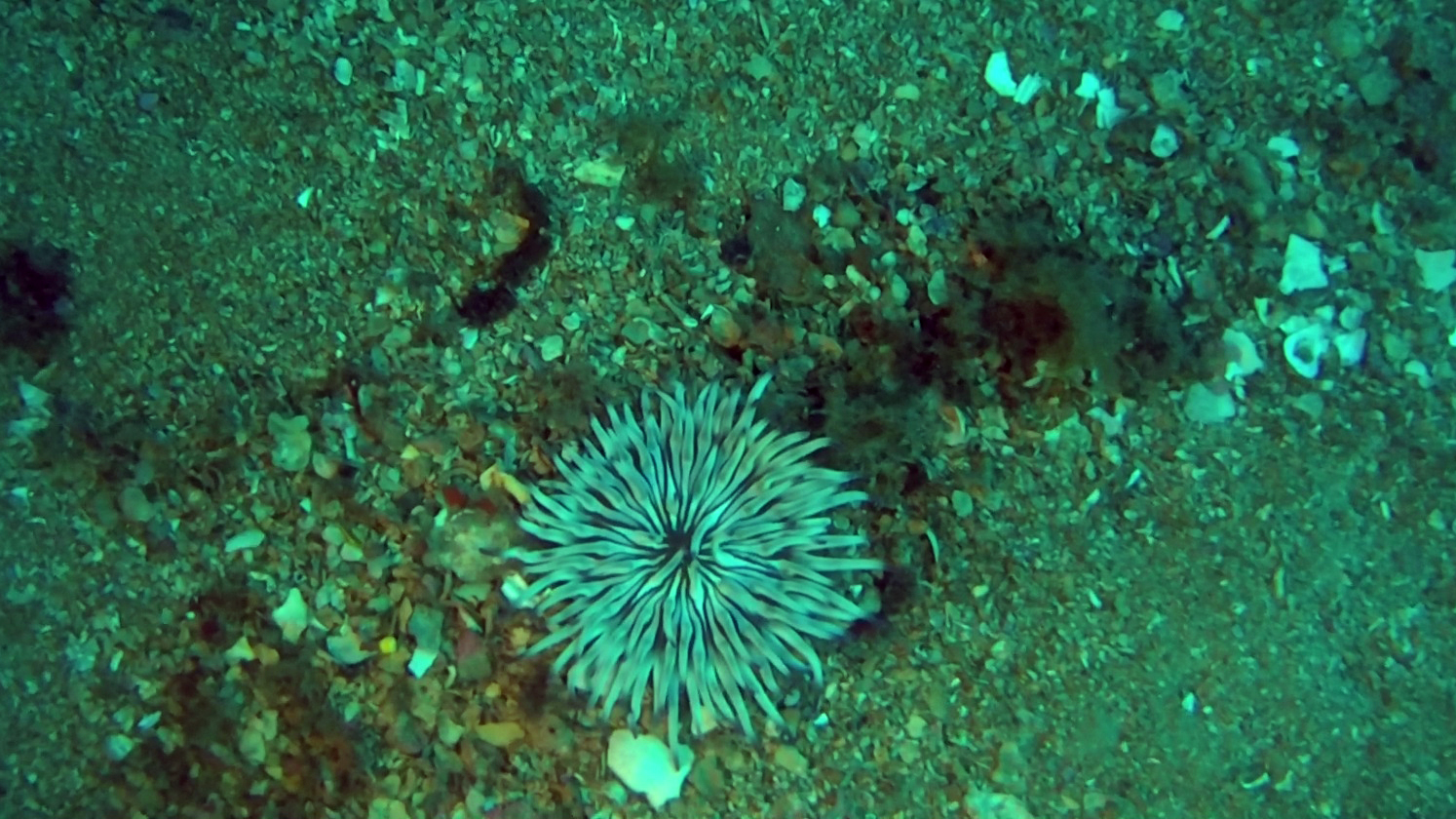
We found it in August 2018 during a dive on the Genepesca wreck. The wreck of the Genepesca is one of the most sought after destinations by scuba divers who immerse themselves in the stretch of coast that goes from Cecina to Livorno, in Tuscany in the so-called “Etruscan Coast”.
Exploring the wreck descending from the stern to the rudder, we met the Condylactis aurantiaca on the sandy bottom not far from the rudder rudder.
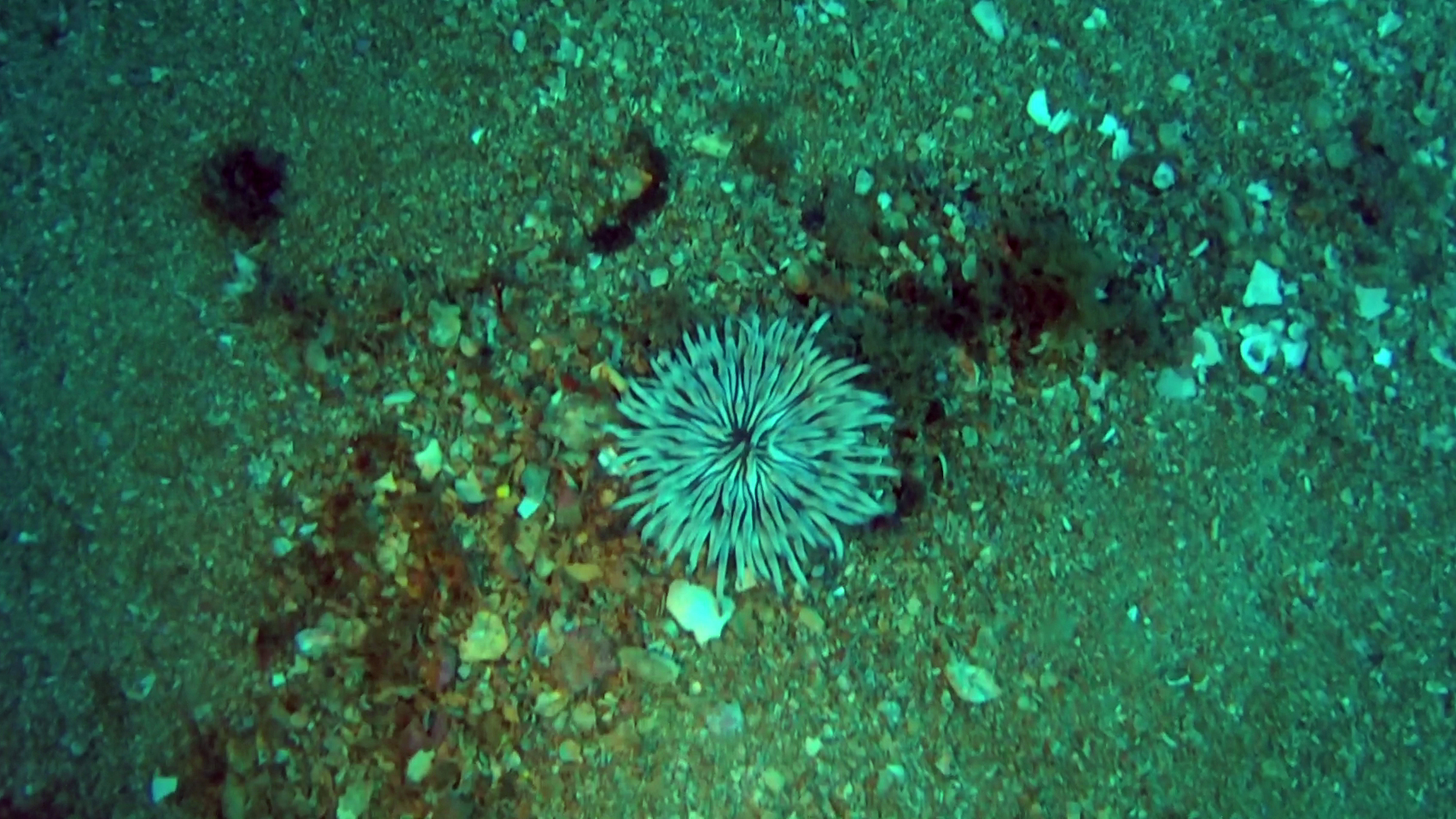
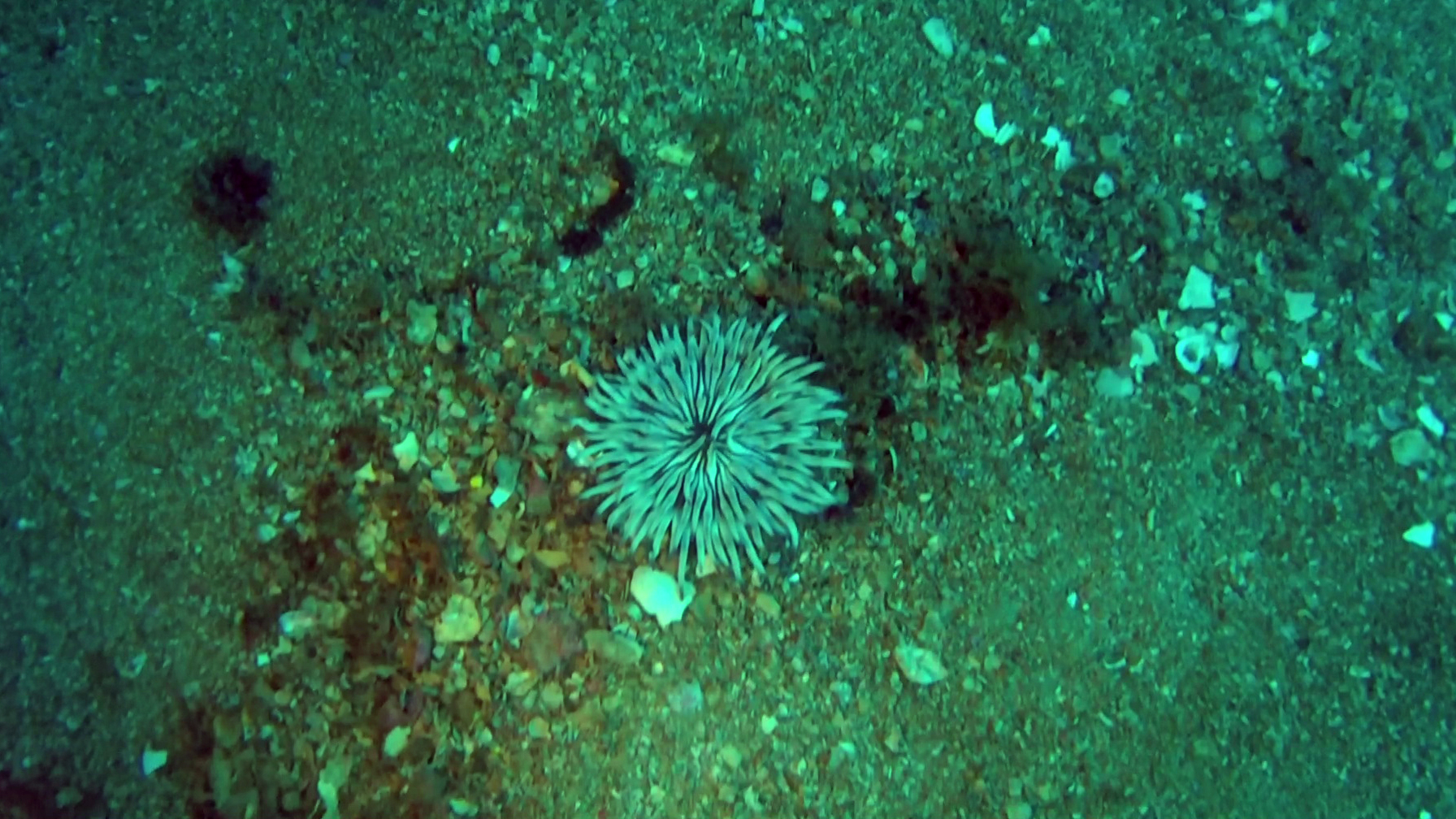
Ecology Like other sea anemones, this species catches prey with its tentacles which are armed with many cnidocytes, stinging cells which kill the prey. The prey is then transferred by the tentacles to the mouth. This sea anemone reproduces in spring and summer by releasing gametes into the water column where they are fertilised and develop into planula larvae. Alternatively, the gametes can be retained in the body cavity, the larvae being brooded there till the spring.
The shrimp species Periclimenes aegylios may be found living symbiotically with this sea anemone.
https://it.wikipedia.org/wiki/Condylactis_aurantiaca https://en.wikipedia.org/wiki/Condylactis_aurantiaca

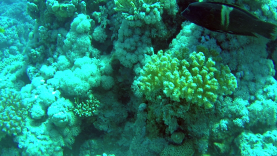
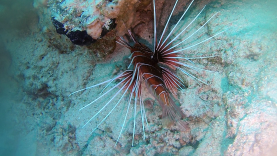
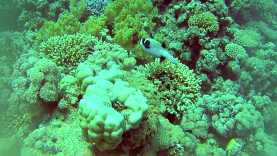
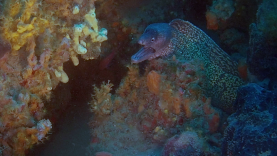
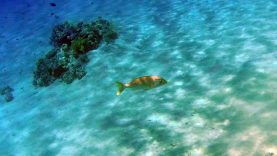
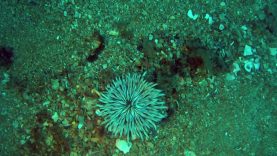
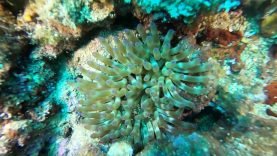
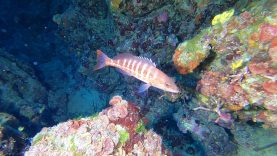
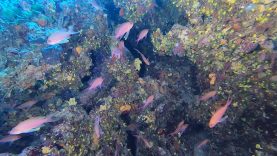
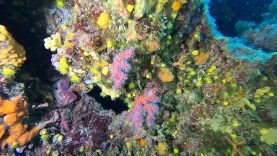
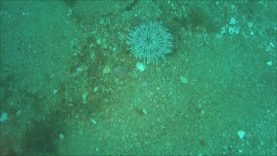



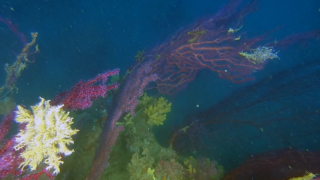
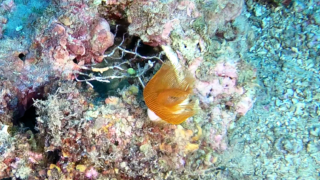
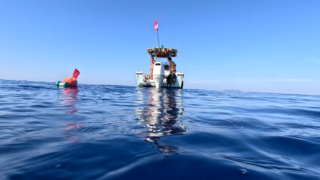
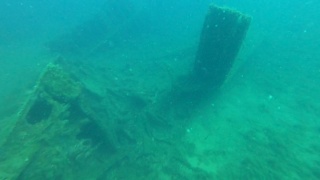
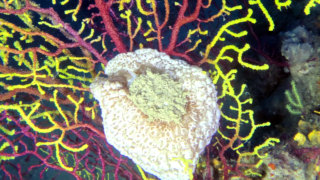
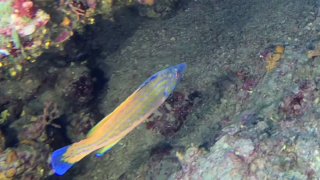
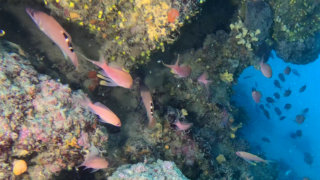
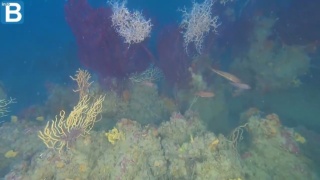
You must be logged in to post a comment.